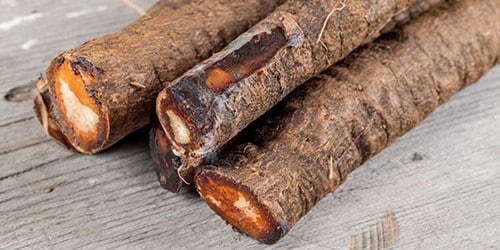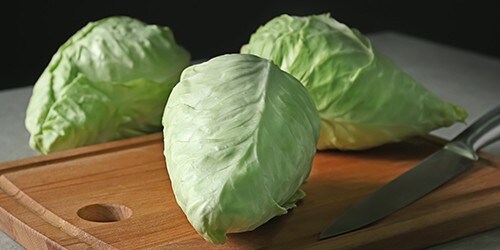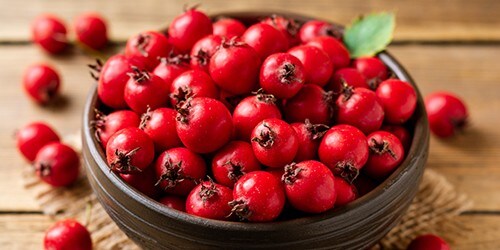
Seasonal in November
British Produce


Imported Produce


Fruit and Vegetables
Vegetables

SALSIFY:
At its best: May to October
Black salsify is a great vegetarian alternative to oysters, its fishy flavour makes them perfect for chowder or a mock oyster soup. Whereas white salsify has a flavour similar to artichoke hearts or asparagus. This superfood is much better for you than most starchy root vegetables, and you cook it in the same way as you would with potatoes: mashed, boiled, roasted, or cubed and sauteed.
Chef Suggestions: Salsify is great when paired with a fish, meat, or plant-based dish. Its mild flavour is often compared to oysters, asparagus, or artichoke.
We recommend: Try your seasonal salsify in sauteed butter, thyme, and lemon for a tasteful garnish.
Flavour pairings: Beef, bacon, Parma ham, honey, shellfish and seafood (scallops, cuttlefish, turbot, brill), lemon, butter, and thyme.

HISPI CABBAGE:
At its best: August to January
Hispi cabbage has a slightly sweetish flavour and is one of the easiest types of cabbage to digest. It is great boiled and cooked in butter, with shallots, salt and pepper.
Chef Suggestions: This green-pointed cabbage is usually eaten cooked. You can enjoy it steamed, sauteed and braised. Or equally grilled or roasted to enhance flavour.
We recommend: Ferment your cabbage in sauerkraut or grill it with a drizzle of oil and seasoning. Finish the garnish with citrus hollandaise and toasted tarragon crumb.
Flavour pairings: Tarragon, garlic, juniper, pork, bacon, nutmeg, and beef.
Fruit

Hawthorn Berries:
At its best: September – November
Hawthorn berries are small berries that are best foraged. They have a distinct, slightly sweet and sour taste, with a flavour similar to that of a slightly overripe apple. These berries are often used in making jams, jellies, ketchups and leathers due to their high pectin content.
Chef Suggestions: They are ripe when they can be squeezed, and the flesh has a similar texture to that of avocado. They require some preparation as they’re quite small with relatively large seeds and skins. Remember to remove the stems and wash well before use.
To release their flesh and flavour, hawthorn berries need to be cooked. It is best to simmer them for over an hour until the skins burst. Afterwards, the cooked berries can be pressed through a very fine sieve to remove the seeds and skins. There are great recipes for Hawthorn ketchup that showcase its sweet and sour qualities. Use equal parts water and vinegar for the simmering, the resulting sauce is then reduced with sugar to a syrup-like consistency. This is then seasoned with salt and black pepper before being decanted into sterilised jars.
We recommend: When picking hawthorn berries, opt for plump, firm, and brightly coloured berries. It’s best to avoid any that are soft, discoloured, or damaged and pick a safe area away from traffic pollution.
Flavour profile: Sweet and tart.
Flavour pairings: Apples, cranberries, raspberries, chicken, pork, gin and vodka





